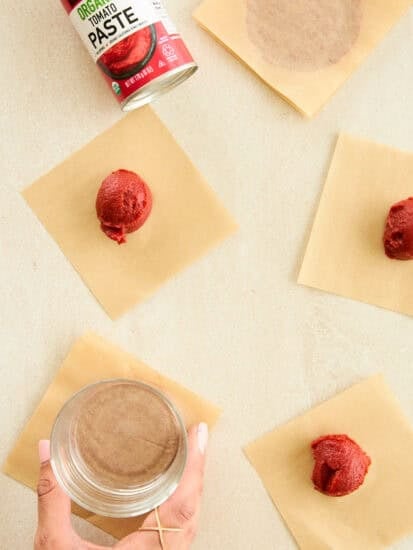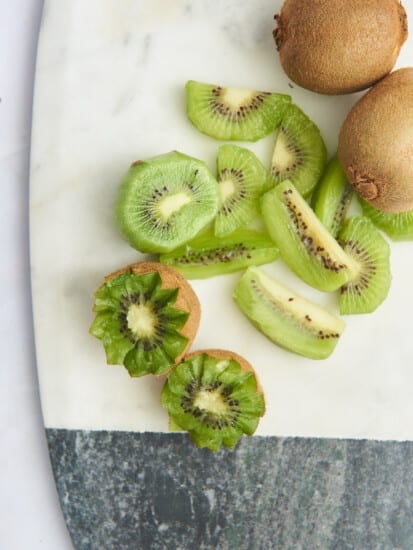Learning how to
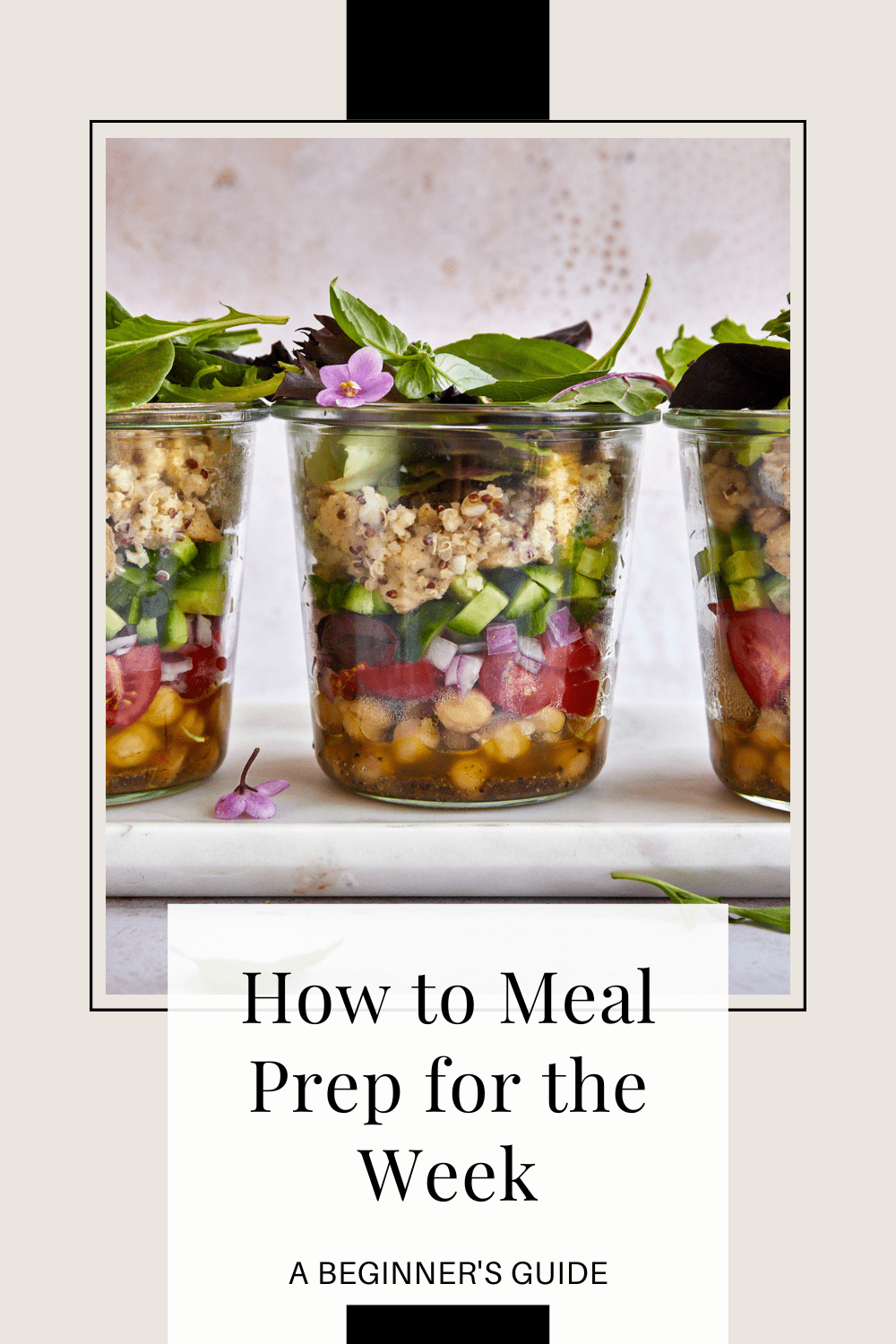
Table of Contents
What Is Meal Prepping?
Meal prepping is a form of planning that involves cooking individual components of meals like meat, veggies, and starches or even complete dishes themselves ahead of time. Whether you’re feeding yourself or preparing meals for your whole family, learning how to
Benefits of Meal Prep
There’s a reason why meal prepping for the week is so popular! The list of benefits is huge.
- Saves time cooking.
- Reduces food waste.
- Can help reduce the cost of your grocery bill.
- It makes it easier to stick to healthy options.
Are There Any Downsides?
Of course, as great as learning how to
If this is true for you, easy ways to avoid food fatigue include using different seasonings and sauces. Preparing components of meals so you can mix and match throughout the week, and making smaller batches of items so you aren’t eating them all week long.
How to Meal Prep for the Week
Everyone has their own method when it comes to
Different Methods
The best type of method for meal prepping will depend on your preferences, needs, and how many people you’re cooking for. However, some of the most common approaches are as follows:
- Full Meals – This is particularly popular for those feeding a family. All you have to do is choose a few of your favorite meals and make them in advance. Then, store them in the fridge or freezer for family-friendly dinners you can have on the table in minutes.
- Batch Cooking – Choose a specific ingredient like a whole chicken, and cook it ahead of time. Then, keep it on hand to add to a wide variety of meals throughout the week.
- Individual Ingredients – This method is great for those who get bored easily. Prepare a bunch of different ingredients like quinoa, rice, chicken, beef, and veggies for mix-and-match meals you can whip up in minutes.
- Single Servings – We love this option for easy lunches or when you’re just feeding yourself. Prepare and package single-serving meals like salad jars or chipotle chicken boxes so all you have to do is warm them up before you eat.
The Best Foods for Meal Prep
When it comes to learning how to
- Frozen Vegetables – These are a lifesaver when you’re short on time! Plus, they’re super affordable and frozen at the peak of ripeness, meaning they often have more vitamins and nutrients than fresh veggies.
- Starchy Vegetables – Think potatoes, carrots, radishes, and other root vegetables that store well.
- Crunchy Veggies – Celery, peppers, etc. keep well and are perfect for dipping or adding to sandwiches, salads, and wraps.
- Greens – Heartier options like spinach and kale can easily be stored for healthy meals. Just be sure to wash and dry them well before storing them in the fridge.
- Grains and Pulses – Oats, quinoa, buckwheat, rice, lentils, chickpeas, and beans all make great options for filling meals that are affordable and delicious.
- Protein – You really can’t go wrong with meal prepping protein. From salmon to chicken, beef, turkey, eggs, yogurt, and cottage cheese, it all works and can easily be paired with all your favorite recipes.
- Whole Fruit – Keep whole fruit on hand to slice up and add to meals just before eating. For the best flavor and cheapest options, look for in-season items.
Meal Ideas
Now that we’ve covered our favorite ingredients, we’ll show you how we put them to use with a few of our favorite
Breakfast
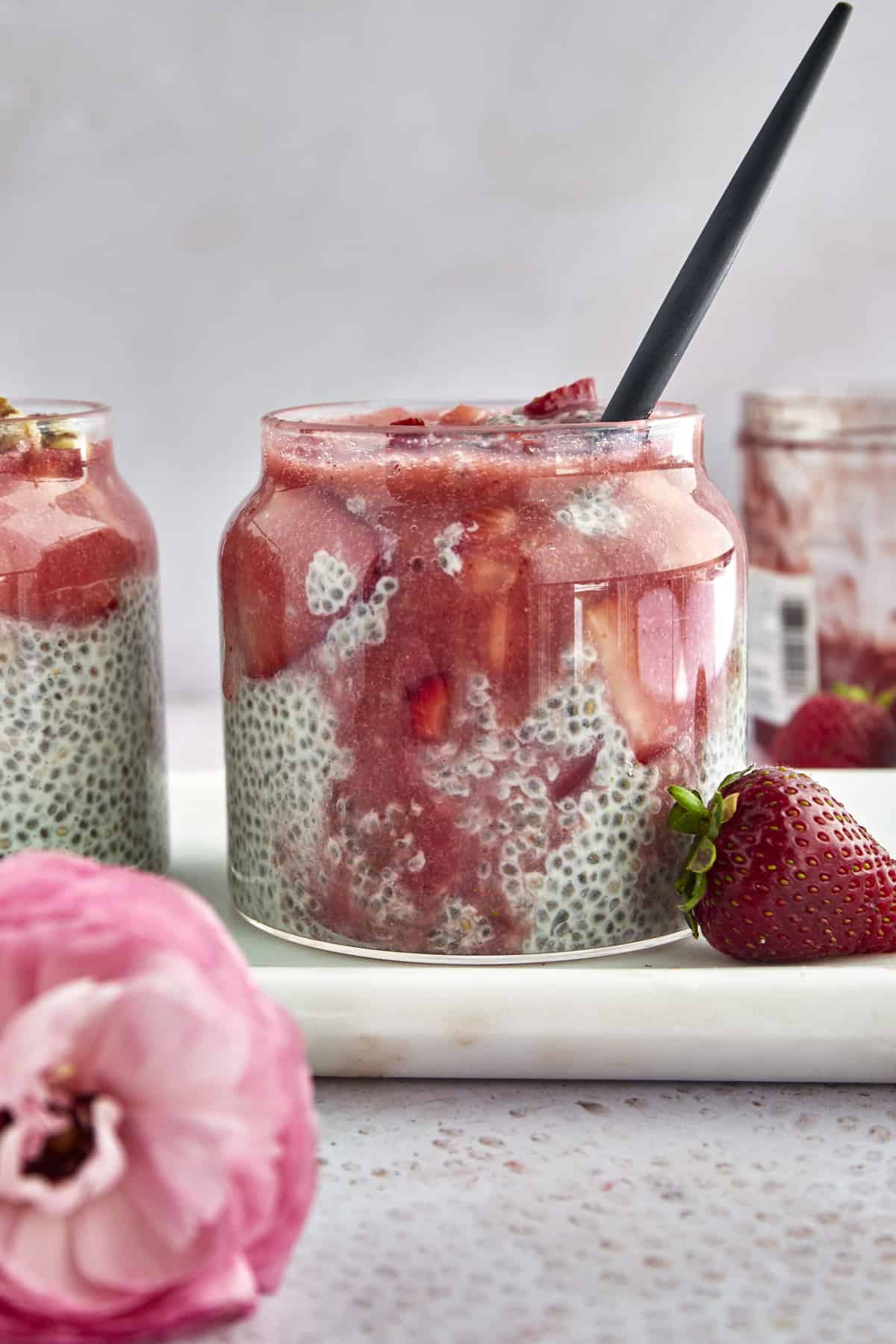
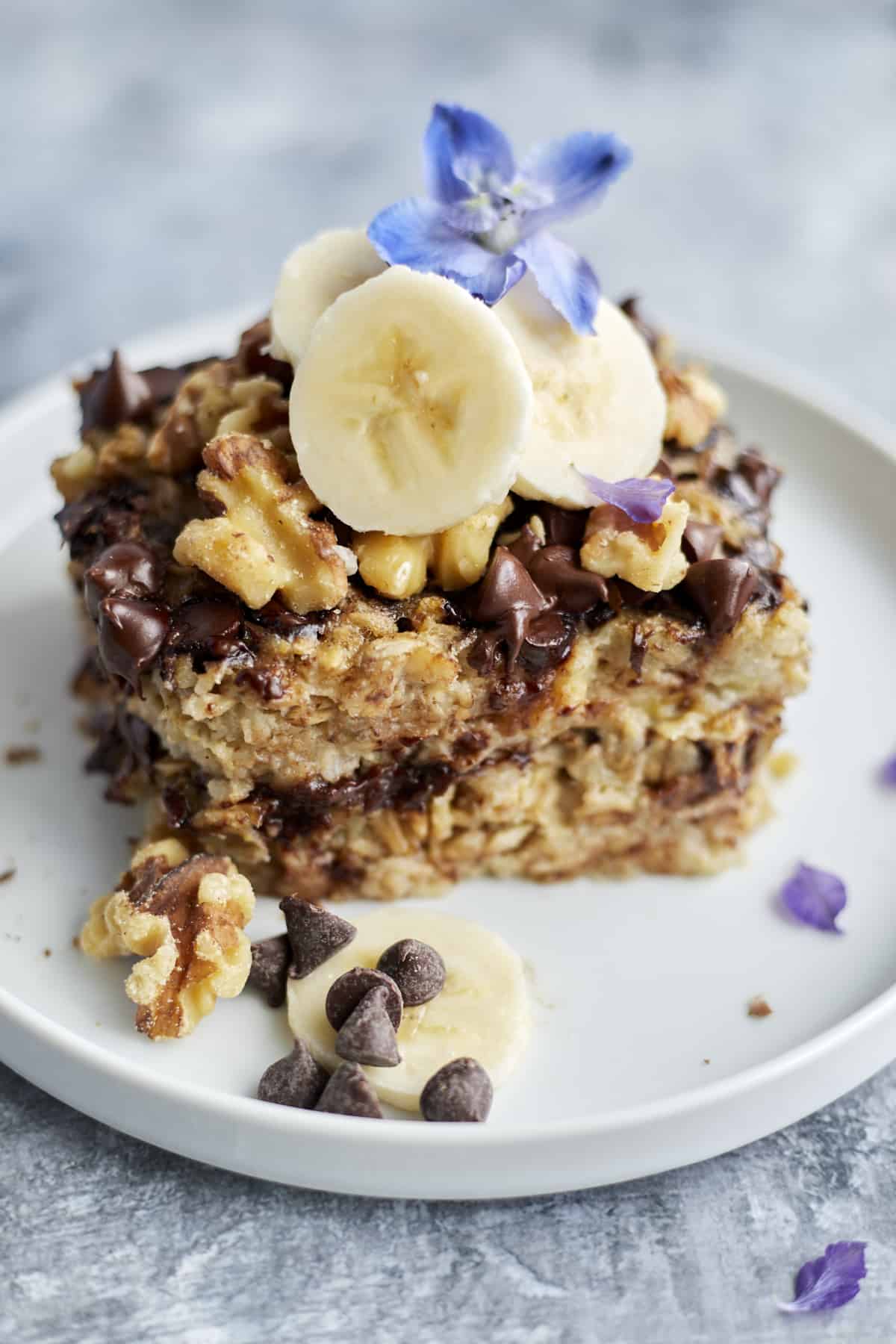

- Strawberry Chia Pudding with Coconut Milk – Sweet and full of healthy fats and fiber, you can whip up a whole batch and portion them into jars for quick breakfasts perfect for on the go.
- Easy Banana Blueberry Muffins – Made with 9 simple ingredients, these homemade muffins are a better–for–you option the whole family will love.
- Banana Bread Baked Oatmeal – Satisfy your sweet tooth and stay full till lunch with this hearty make-ahead oatmeal recipe.
- Egg Muffin Sandwiches – Skip the drive-thru, and keep a big batch of these egg muffins in the fridge or freezer instead.
- Baked Scrambled Eggs – Prepare a whole batch of cheesy scrambled eggs in the oven. Add them to breakfast wraps or pair them with all your favorite sides.
Lunch
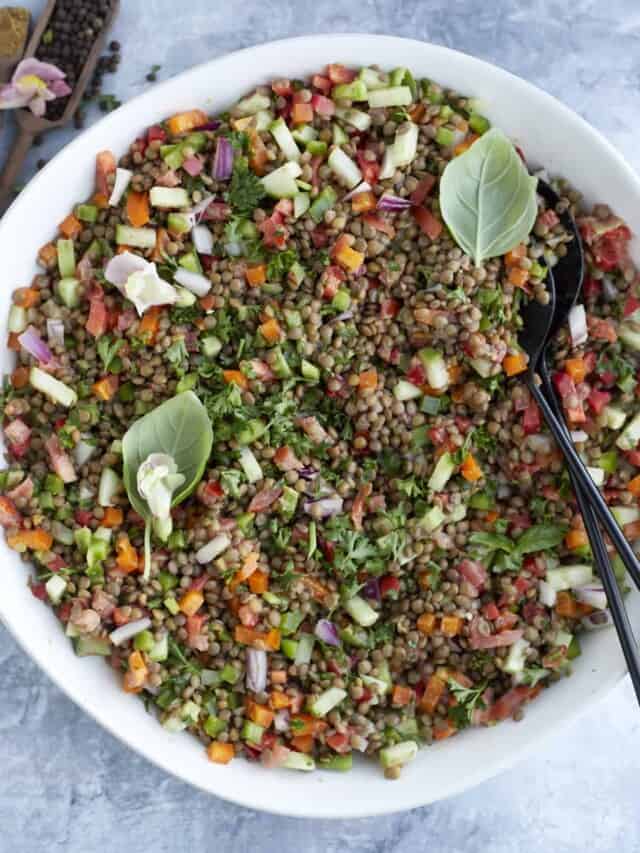
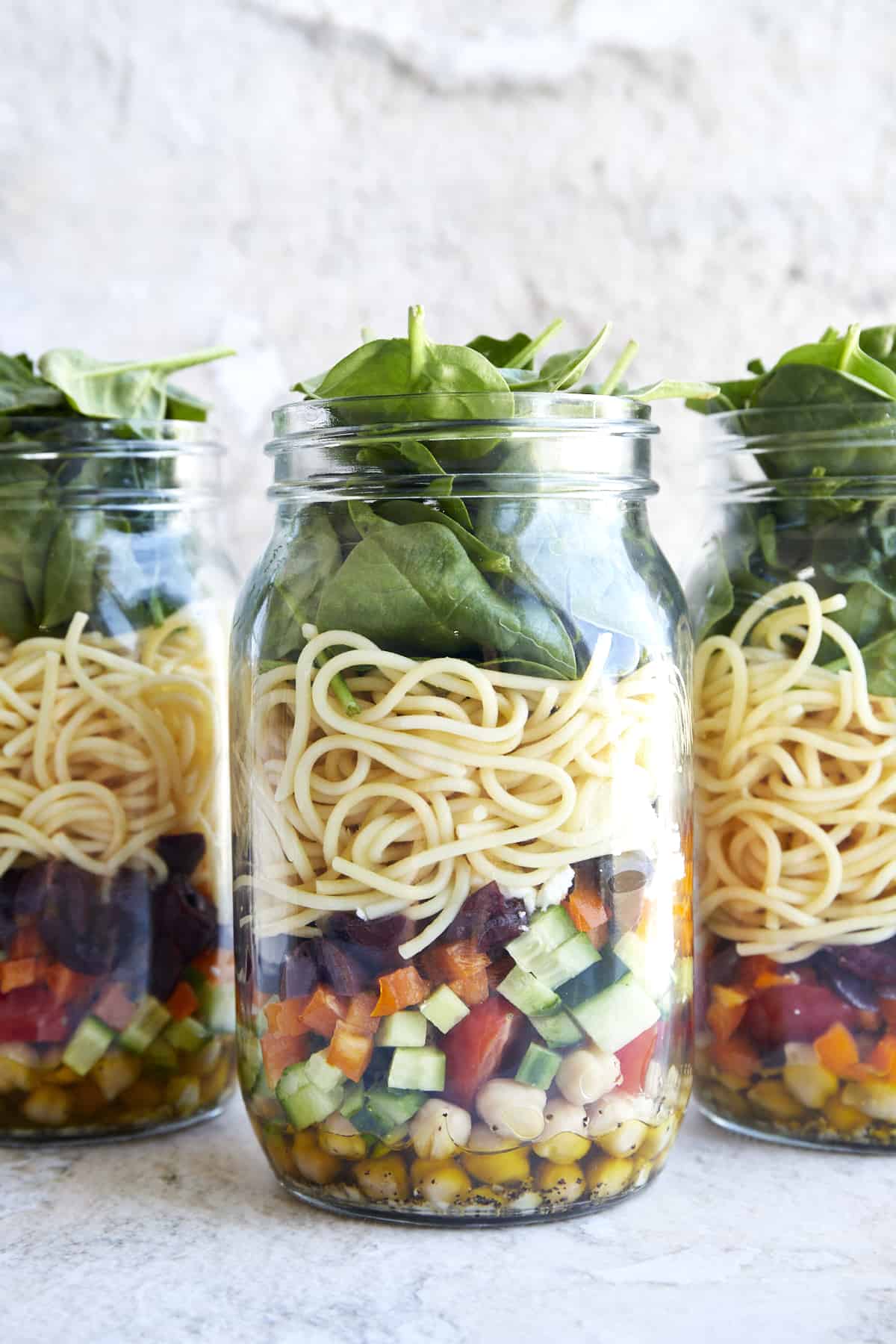
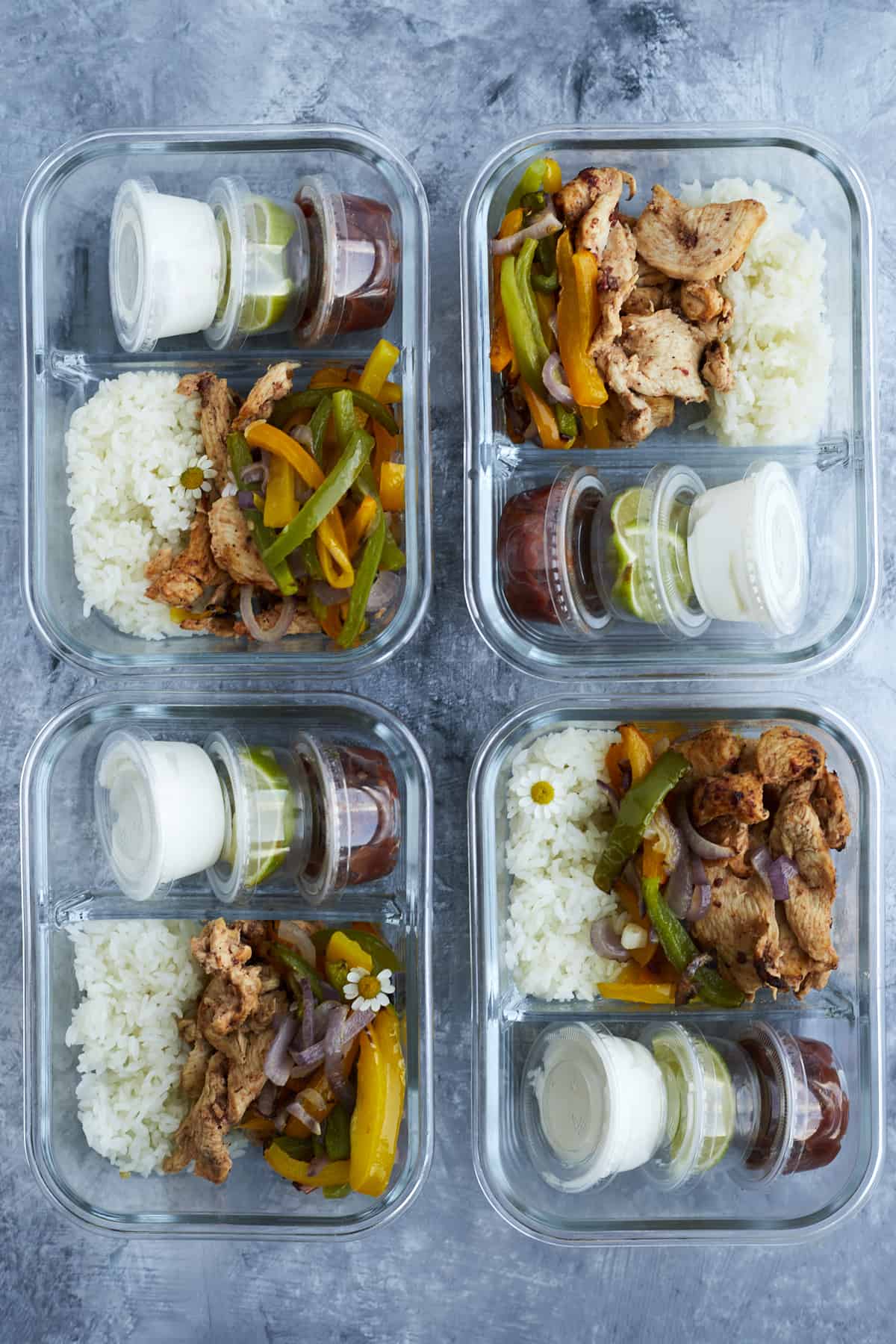
- Lentil Salad Recipe – Hearty and refreshing, this veggie-loaded meal is one you’ll look forward to eating again and again.
- Chicken Fajita Sandwich – One bite and you’ll feel like you’ve been transported to your favorite Mexican restaurant with this baked sandwich recipe.
- Slow Cooker Pasta and Beans Soup – A hands-off option, all you have to do is combine the ingredients in the slow cooker, and you’ll have comforting meals for the entire week.
- Meal Prep Mason Jar Salad – Our go-to lunch, these jars aren’t only easy to make, but they’re also super versatile and fun to eat!
- Meal Prep Chipotle Chicken – These bowls have everything you love about Chipotle at half the cost, including guac.
Dinner
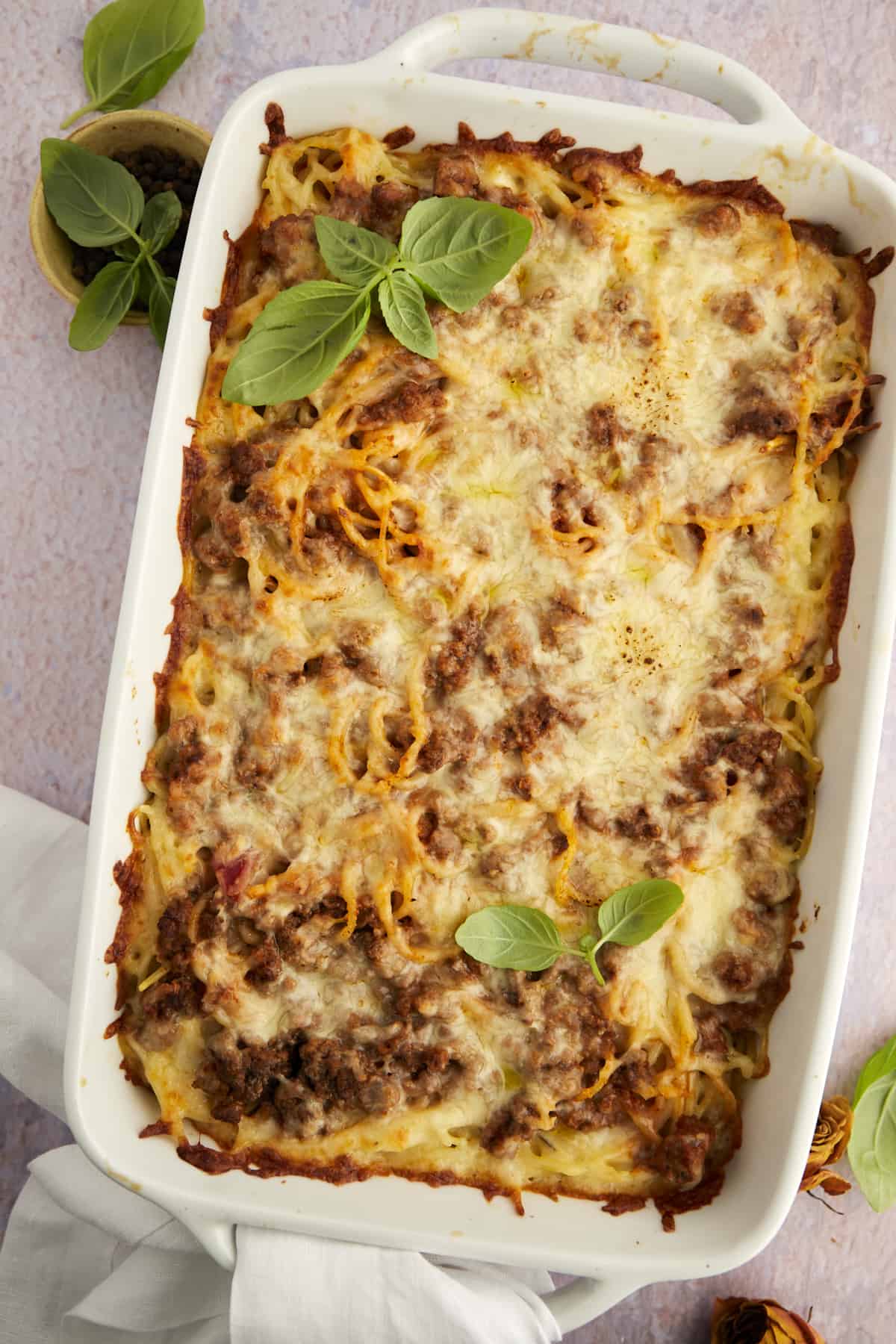
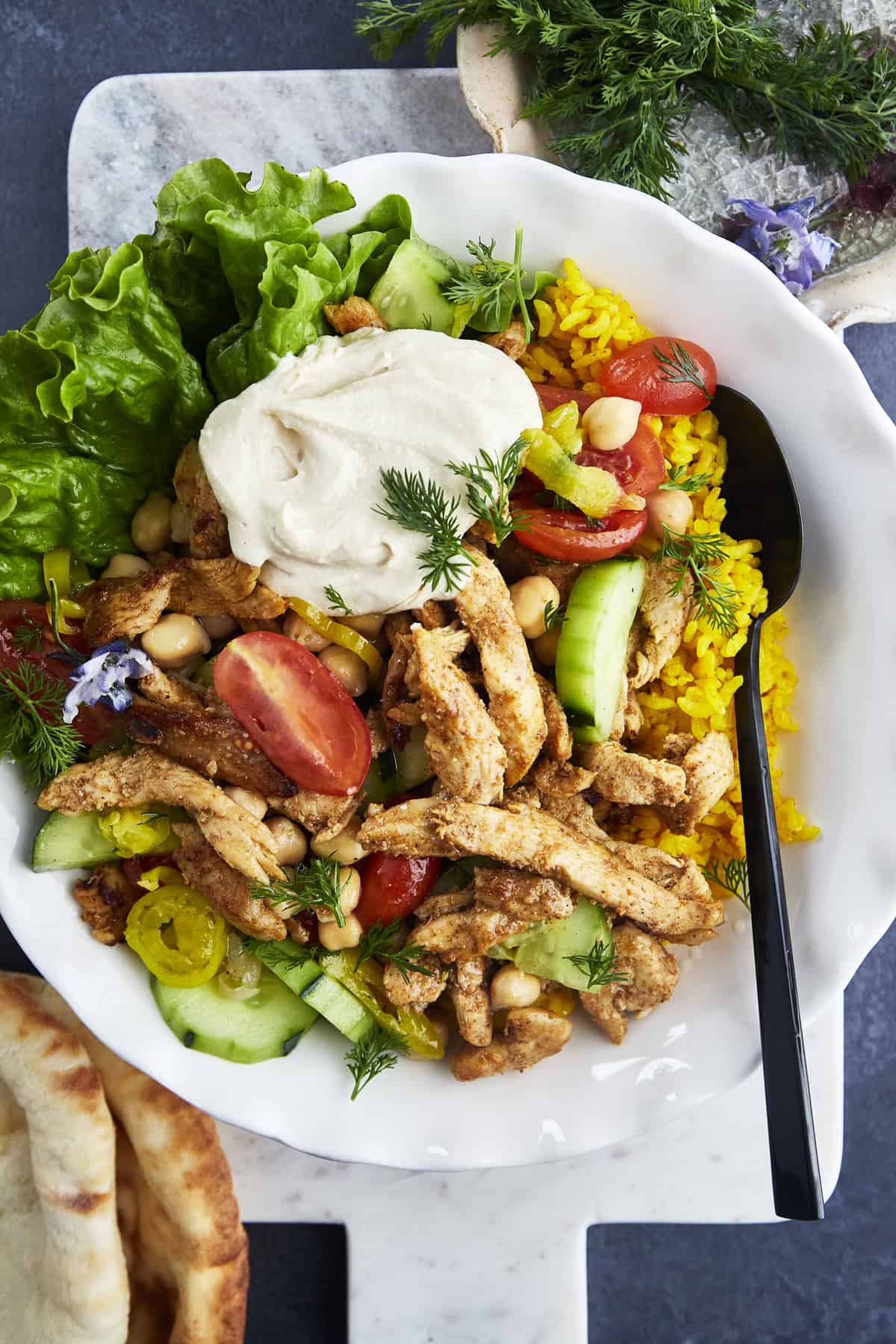
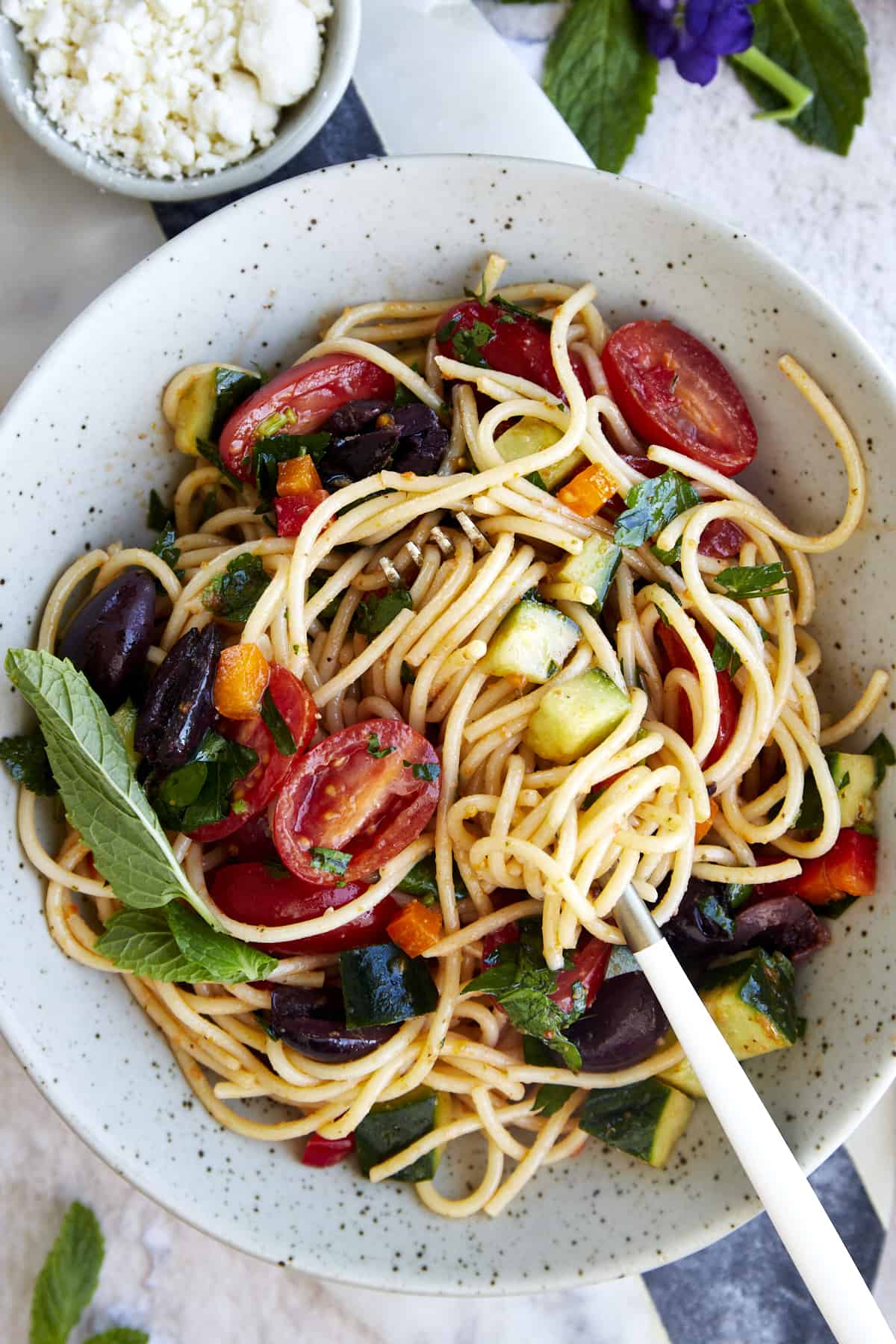
- Baked Million Dollar
Spaghetti – A Midwestern staple, our family requests this dinner by hand. It’s super quick to prepare and freezes well! - Kung Pao Chicken – Great to make in bulk, this Chinese-inspired chicken is perfect for serving over a batch of rice or noodles.
- Shawarma Chicken Sheet Pan Dinner – Ready in 30 minutes, this chicken can be prepped in minutes, leaving you free to prepare a batch of seasoned rice for serving.
- Baked Feta Salmon – Healthy, low-carb, and ready in 30 minutes,
meal prep doesn’t get easier (or more delicious) than this! - Greek
Spaghetti Salad – This recipe tastes even better the next day, making it ideal formeal prep . Enjoy it as is for a vegetarian option, or add your favorite protein.
Tips and Tricks for Learning How to Meal Prep
- Choose a Single Day. If you plan meal prepping into your schedule, it will be sure to get done and guarantee you have meals to eat the entire week. Many people like to use Sundays. However, Wednesday is a common option, too. Choose whatever day works best for you and your schedule!
- Determine How Much You Want to Prep. Figure out how many meals you’ll need before you begin. For instance, you may want to only prepare lunches. Or, you may want to go all out, making breakfast, lunch, and dinner. Experiment with your options to figure out what you like best, but don’t forget to make a plan before you begin.
- Write Down a Grocery List. The key to preventing waste and saving money is to determine what meals you’ll be making before you go shopping. Then, write down everything you need, and stick to your list at the store. That way, you aren’t buying any random items that look good at the time but will just go to waste.
- Plan Your Prepping. We like to choose recipes that require different tools to cut down time spent in the kitchen. For instance, you could have chicken or fish roasting in the oven while rice cooks in your rice cooker, and soup is simmering in the slow cooker. Or, to keep things simple, look at the amount of time each recipe will take, and plan your method of attack accordingly.
The Best Storage Containers
Believe it or not, choosing the best storage containers can make or break how enjoyable your meals are when everything is said and done. After all, it doesn’t matter how tasty your dinner is if it just goes bad or spills all over the fridge!
Therefore, there are a few features we look for when it comes to choosing the proper
- Airtight and Leak-Proof – This helps ensure your food stays in the container and no bacteria get in.
- BPA-Free – These usually clean really well and are better for you, too. We love Pyrex and glass containers for BPA-free options.
- Microwaveable – Then, all you have to do is reheat and eat!
- Freezer-Safe – This is perfect for meal prepping in bulk and keeping food safe.
- Compartmentalized – If you’re preparing full meals or using sauces, this is a great way to prevent items from becoming soggy or mixing all together when you’d rather enjoy them separately.
How to Store, Freeze, and Reheat
Now that you’ve learned how to
To do this effectively, a few guidelines include:
- Keeping Your Fridge Cool – Make sure your fridge is kept at 40° Fahrenheit or lower and your freezer is at 0°F or below to keep your food safely stored.
- Cool and Store Quickly – The longer your food sits out, the higher the chance of it spoiling. So, to keep your foods fresh spread them out in shallow containers, and place them in the fridge to cool before covering and storing them. No matter what, be sure to store your
meal prep within two hours of preparation. - Cook Thoroughly – Use a meat thermometer to double-check that all your protein is cooked completely. The general rule of thumb is that meat should be cooked to an internal temperature of at least 165° Fahrenheit to kill bacteria.
- Thaw Completely – Transfer any frozen meals to the fridge, and let them thaw completely before reheating. Thawing on the countertop is not the safest method. So, be sure to plan ahead!
- Reheat Once – The more times your food is reheated, the higher the chance of food poisoning. So, plan ahead and warm your meals only once, making sure they’re heated to 165° Fahrenheit and enjoyed within 24 hours of defrosting.
- Be Mindful of Time – Don’t forget to label all your containers, and keep an eye on how long they’ve been in the fridge! In general, refrigerated meals should be eaten within 3-4 days and frozen foods should be thawed and consumed within 3-6 months.
More Guides
Looking for more ways to prepare ahead of time and keep foods fresh? We’ve got you covered with the posts below!
